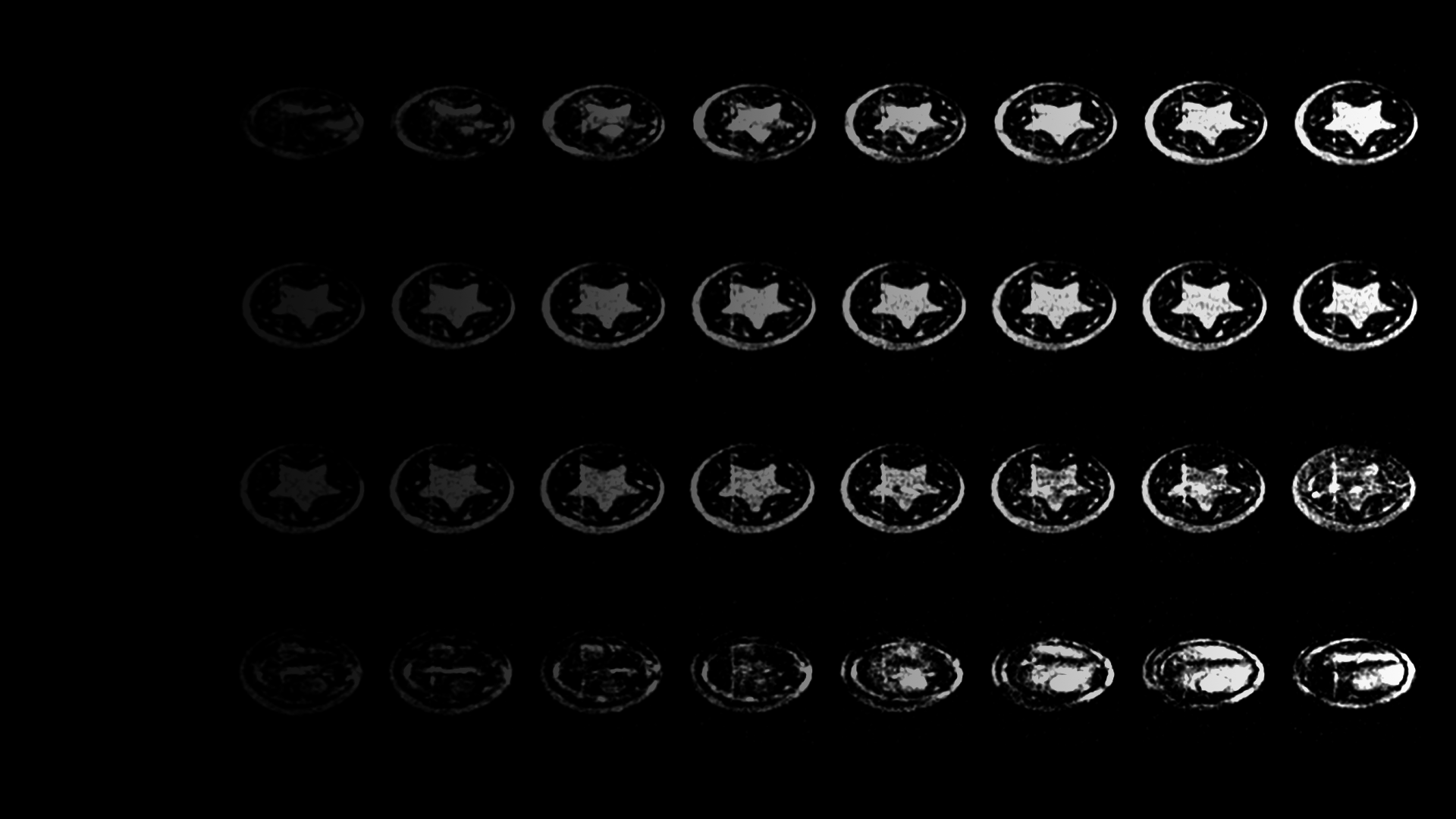Hello OCRA, Tabletop and OSI² community, In this blog post I want to share our SAR Power Monitor µC Interface for the OSI² 2MHz Halbach MRI as part of the A4IM project. The PCB uses the ADL5511 RF-to-RMS IC to convert the applied RF power to a envelope RMS voltage. This voltage gets sampled with…
OCRA Tabletop MRI System Status Update 2024
Hello OCRA and Tabletop community, in this blog I will share the actual development status of the OCRA Tabletop MRI System hardware and the OCRA/Relax2.0 software. The 2024 OCRA Tabletop MRI System hardware development was mainly driven by the AgriPETMRI project at the Research Campus STIMULATE, were I work as leader for the MR System…
A4IM OSI² STM32L476RGT compute module
Hello OCRA, Tabletop and OSI² community, In this blog post I want to share my micro controller STM32L476RGT compute module for the OSI² 2MHz Halbach MRI as part of the A4IM project. The module will be used for the open-source SAR hardware monitor to sample the applied RF power, calculate the running averages and switch…
A4IM OSI² TR-Switch
Hello OCRA, Tabletop and OSI² community, In this blog post I want to share my Transmit-Receive (TR) switch design for the OSI² 2MHz Halbach MRI as part of the A4IM project. The A4IM OSI² TR-Switch is based on my OCRA Tabletop MRI System TR-Switch. The schematic is basically the same and only a few components…
Power supply of the OCRA console
Hello OCRA and Tabletop community, In this blog post I want to share our console power supply for the OCRA Tabletop MRI System. The console is driven by a Mean Well RT-50C switching mode power supply with a universal 110/230V AC input and +15V, -15 and +5V DC outputs. To connect the power supply to…
Gradient Coils for the OCRA Tabletop MRI System
Hello OCRA and Tabletop community, In this blog post I want to share our gradient coil design for the OCRA Tabletop MRI System. Gradients fields are necessary to encode spatial information to the spin signal. As the origin of the spin signal is the homogeneous magnetic field (B0) it is possible to variate this field…
Relax2.0, a graphical user interface for OCRA
Hello OCRA and Tabletop community, In this blog post, I will share the news about the first GitHub publication of my Relax2.0 graphical user interface (GUI) for OCRA. Relax2.0 is based on the original OCRA server for the Red Pitaya by Thomas Witzel and the PyQt GUI Relax by David Schote. Relax2.0 can be downloaded…
Testing the transmit and receive functionality of the OCRA Tabletop MRI System
Hello OCRA and Tabletop community, In this blog I will guide you on how to test the RF functionality of the OCRA Tabletop MRI System. We will test the functionality for receiving RF spin signals (RX) and transmiting RF pulses (TX). For the tests you need a pickup loop coil. The coil can be build…
RF-Coil for the OCRA Tabletop MRI system
Hello OCRA and Tabletop community, In this short blog I will share my radiofrequency (RF) -coil design for our OCRA Tabletop MRI system. The coil is a simple solenoid design. To make it sensitive to the measurement (Larmor) frequency it is built as an electrical resonator with parallel capacitance. To match its impedance to a…
Small Scale 600W Gradient Power Amplifier
Hello OCRA and Tabletop Community, I would like to introduce the low-cost 4-channel 600 W Gradient Power Amplifier (GPA) for our OCRA Tabletop MRI system. Basically, the GPA converts a voltage input coming for example from the OCRA1 (see blog post from Marcus) into currents to supply gradient coils. The GPA can handle gradient sequences (pulsed…

